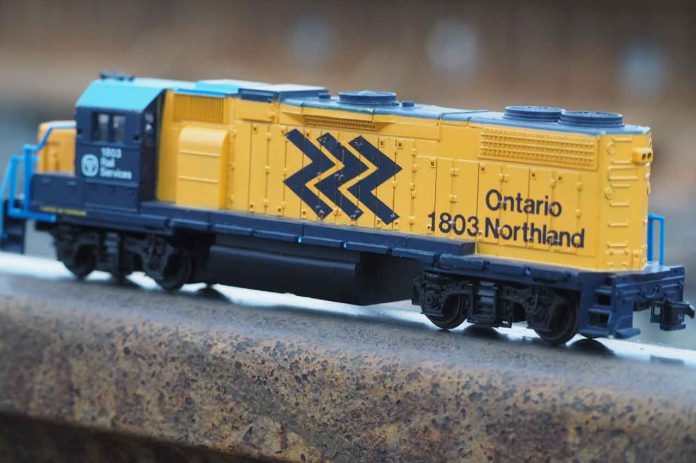Attawapiskat – This has been a very difficult winter. The combination of the pandemic along with very cold temperatures hovering around -30 most of the time has made life a challenge for all of us in northern Ontario. On top of that we have had a very snowy winter so far and there are 10 foot snowbanks out side my front drive.
As northerners we love our four seasons, the tranquility of life in the far north and the benefit of living close to wilderness areas with many lakes and rivers that provide recreational and sporting opportunities. However, most hearty northerners still yearn for warmer temperatures and less dangerous road conditions. Highway 11 from North Bay heading north than west to Thunder Bay is notorious in the winter for accidents and this year is proving to be very dangerous with many accidents causing death and injury.
When the temperatures are very cold the sand and salt spread on the road does not stick and the wind blows everything away leaving ice rinks to drive on. Friends from other parts of the world can’t believe that we northerners drive on these slippery ice rink highways in the winter. It’s shocking even for me to describe this kind of driving as being no better than playing a game of Russian Roulette. It is normal to drive on this ice and meet huge transport trucks traveling a hundred kilometers an hour in the opposite direction only feet away. The slightest mistake by a driver as result of blowing, blinding snow and rough roads ends up in tragedy.
As a teenager on the James Bay coast, I grew up working with my family hauling freight and cargo with half ton trucks and tractors on a winter ice road. That road ran from Moosonee up the James Bay coast to my home of Attawapiskat and past other communities like Fort Albany and Kashechewan. I spent many hours driving a tractor pulling a caboose and trailer along this remote winter road. There were many challenges on this icy route, however most of the time there was little traffic and we travelled at a slow speed. This northern ice road which is still in use today is no where near as dangerous as Highway 11 in the south.
There are so many transport trucks on the Trans Canada highways these days that often they seem like long trains and in poor weather conditions it is frightening to meet them. Myself and most of my friends these days choose to stay away from the highways in winter if the weather and road conditions are poor. In bad weather the risk of being involved in an accident with one of these huge transport trucks is too great. I know many people who have been killed and injured in accidents over the past decade on our northern highways.
To make matters worse the transport truck drivers are usually trying their best to stay on time and move their freight and supplies to our grocery, hardware stores, mines and businesses. Many are on cross country trips. The pressure these drivers face is enormous and often they are tired and stressed out and that presents a problem on icy roads. These trucks take a very long time to stop and once they lose control there is little chance of gaining it back. Many new truckers are not trained sufficiently, especially for extreme cold weather driving, before heading out onto icy northern highways.
There are some developments that are helping to make things more safe on our roadways. The Temiskaming Shores and Area Chamber Of Commerce’s Going the Extra Mile for Safety (GEMS) committee is a group that was formed to address the safety of Highway 11. The GEMS committee has successfully convinced the Ontario government to conduct a pilot project for a 2+1 highway system. This highway design has been popularized in Sweden, which is another northern first world country that deals with dangerous winter roadways similar to ours. The system has been proven in Sweden and over the past 20 years, they have reduced their highway fatalities by an estimated 50 percent.
My friends and family here in the north have also been wondering why we don’t simply improve our train transport system so that most of our goods can travel by rail rather than by road. Perhaps that is something we should be lobbying for as it makes sense economically and safety wise while also creating less damage to our roads. The trucking lobby is huge so it would take some political will to start to make the change. However, if the public lobbies for less trucks on our roads, more rail and safer highways, I think it would have a good chance of happening.
Let’s lobby for safer roads.

